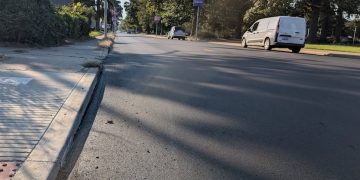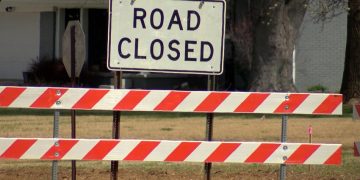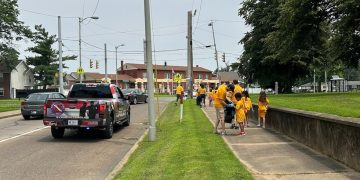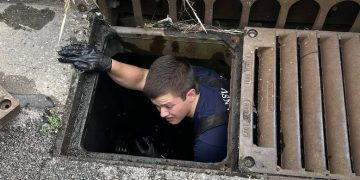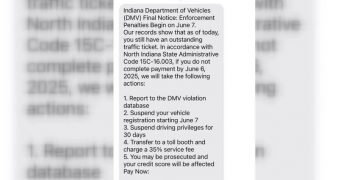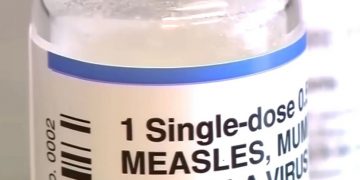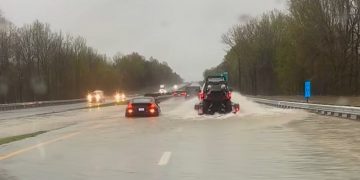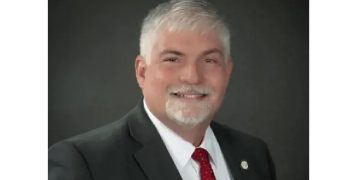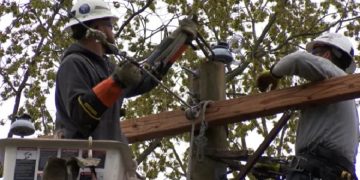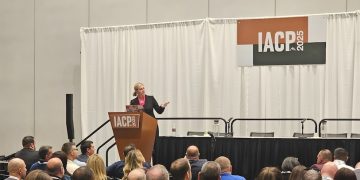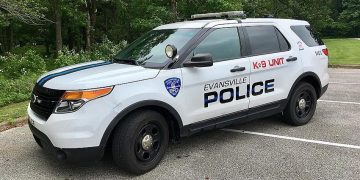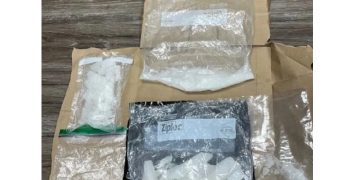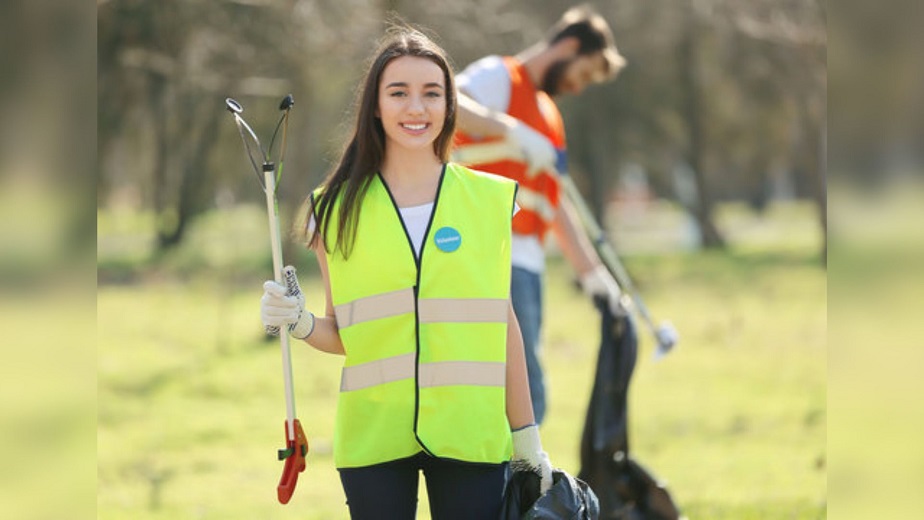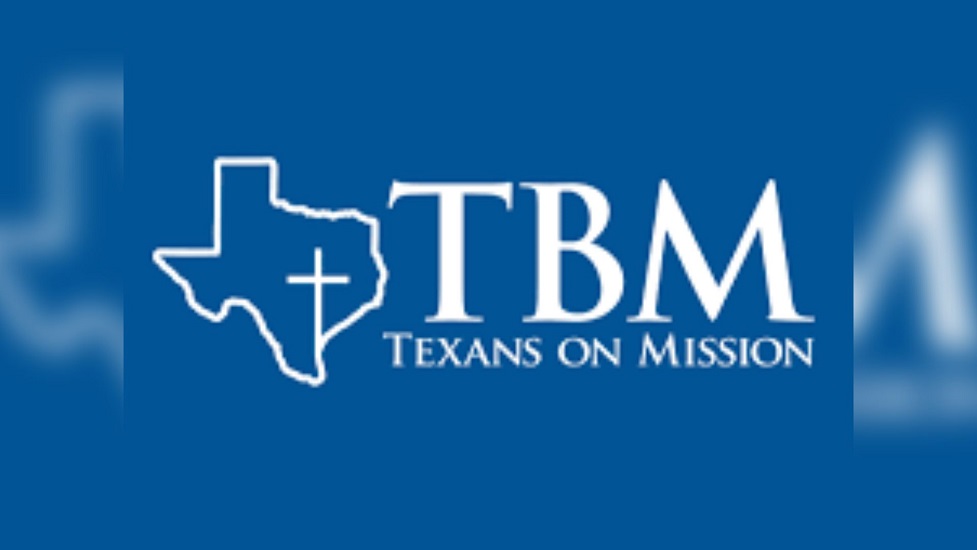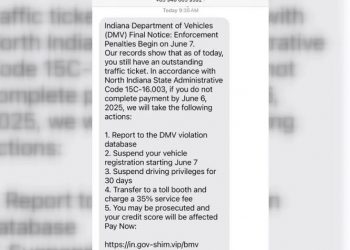Indiana – As Indiana schools prepare to continue e-learning in 2021 to protect against the spread of COVID-19, more than 84,000 Hoosier students still don’t have Internet access at home.
Some schools and organizations are working to install temporary hotspots to close the learning gap, but the Indiana Public Broadcast Stations group (IPBS) is working on a cheaper and perhaps better alternative.
IPBS stations currently beam television signals into nearly every Indiana household. Using those same signals, the stations can also “datacast” specific and targeted educational materials from teachers into homes. It’s cheaper than installing Internet hotspots, won’t be stymied by large files and comes with the added bonus of PBS-level educational curriculum. Jennings County School Corporation will use the option in January, which will make Indiana only the second state in the union to teach via datacasting.
“Every child deserves equal access to learning,” said Mark Newman, the IPBS executive director, who is coordinating the effort and secured $6.73 million in grants to begin it. “We’ve seen kids having to depend on hotspots delivered by school buses, to sit in parking lots to grab a public signal or resort to paper packets from their teachers just to do their homework.”
Newman is working now to provide datacasting to other schools with similar levels of students that have difficulty accessing online education. At present funding levels, IPBS can help about 8,200 households.
“Datacasting will enable us to bring our classrooms to about 1,200 students who don’t have Internet access in their homes,” said Teresa Brown, superintendent of the Jennings County School Corporation. “It’s a sustainable, cost-effective solution to enable remote learning in the areas of our county where internet connections have always been a challenge. It’s going to be incredibly helpful as we work through this pandemic.”
Datacasting is more reliable and cheaper than installing hotspots to deliver an Internet signal. Newman brought the idea to IPBS and the Indiana Department of Education after hearing about it being used in South Carolina. He’d seen datacasting used with public safety training in an Indiana school, knew the data transfer was viable and knew PBS offered a unique bonus, making its educational programming an option for school use. Since Indiana adopted the method, Pennsylvania public television stations are now planning to use it as well.
“PBS began as educational television,” he said. “You might say we’re using technology to get back to our roots.”
The annual maintenance cost of datacasting for IPBS stations combined is about $205,000 and will enable data transfer from schools within their signal range. In comparison, one small district could spend at least $20,000 each month for hotspot service with a fee that increases with the number of users.
“The annual cost for datacasting for hundreds of districts is matched in 10 months of hotspot cost in one district,” Newman said.
IPBS stations currently send broadcast signals into about 95 percent of the state to deliver public television programs. Part of that television broadcast signal can be used to also send data including images, video, and html files, into homes to power laptops, smart phones and tablets with school curriculum.
To access the service, students need a computer, antenna, and receiver. Data is viewed via an Internet browser that simulates the online experience. The datacasting signal enters the home over the air and goes to the student’s computer. It bypasses the need for traditional Wi-Fi and is free of charge to the user. The low-entry setup mitigates many of the complicated scenarios and costs required to bring traditional broadband or Wi-Fi service into a home.
IPBS expects other schools will follow Jennings County’s lead and is reaching out to district superintendents to apprise them of the opportunity. Future applications could involve public safety, telemedicine and workforce training for adults. IPBS stations are working with SpectraRep, a leading provider of datacasting solutions, to stand up the system.















